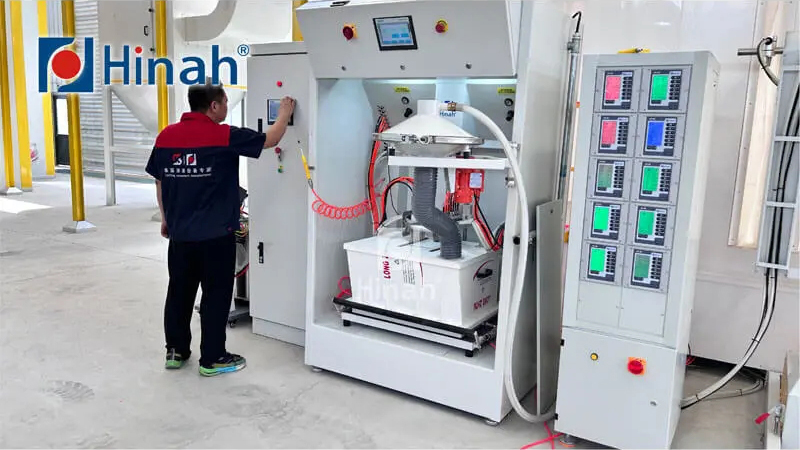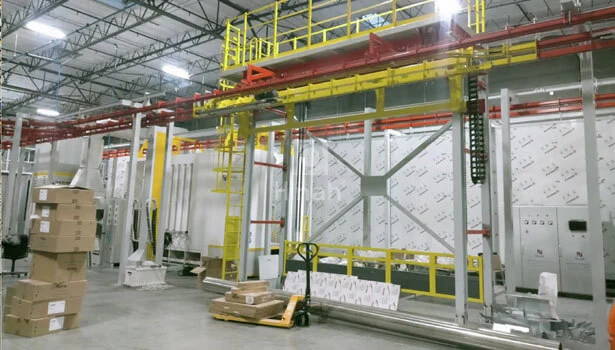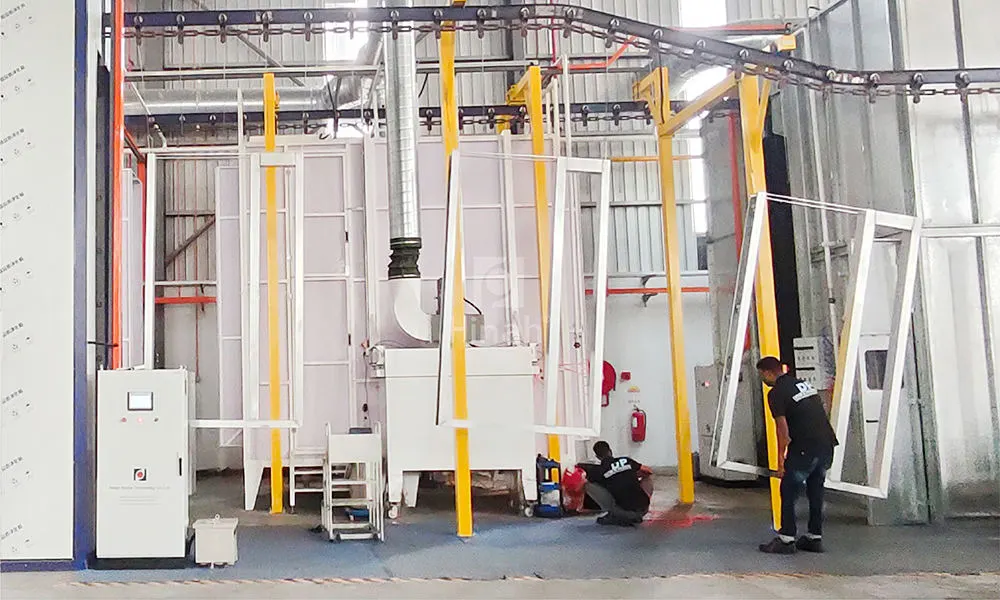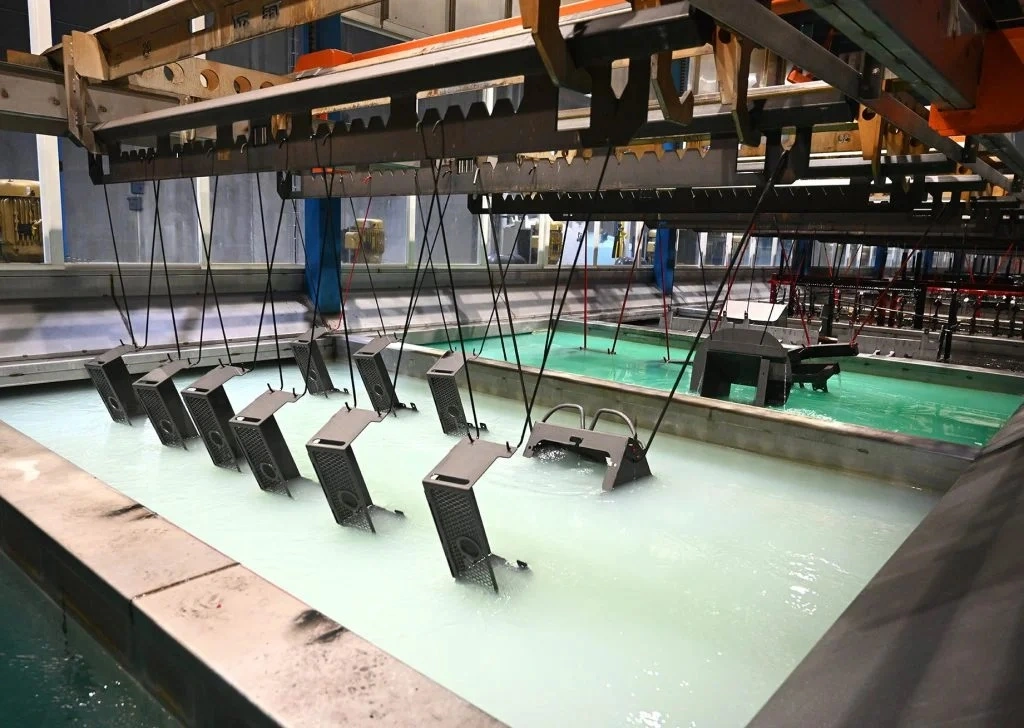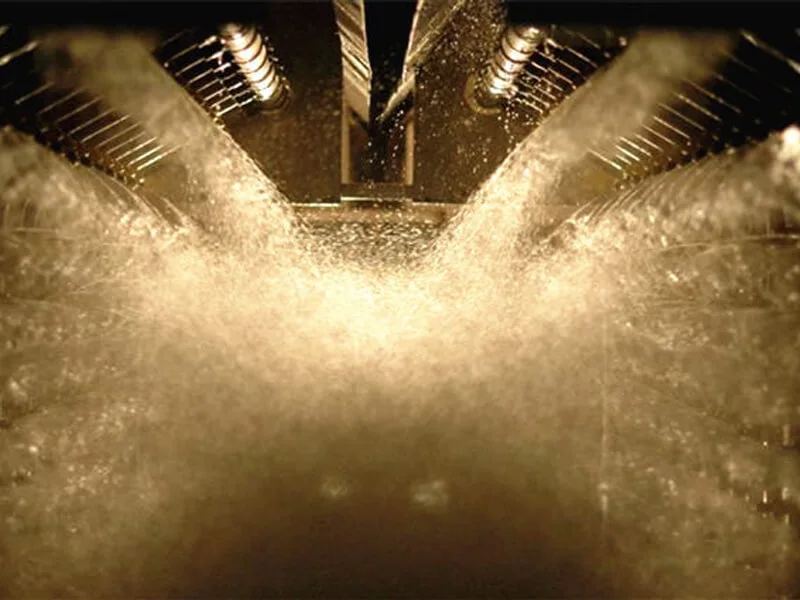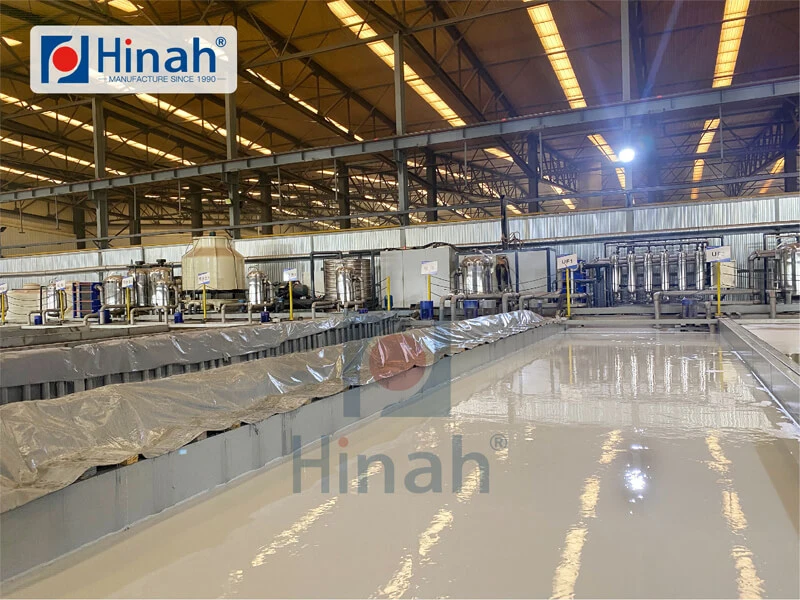In the world of industrial finishing, achieving a durable, high-quality coat on metal products is crucial for longevity and aesthetics. One essential tool that stands out in this process is the powder coating batch oven. This equipment plays a pivotal role in curing powder-coated items, ensuring they meet rigorous standards for durability and appearance. Unlike continuous conveyor systems, a powder coating batch oven processes items in discrete batches, offering flexibility and control for various production scales. As industries seek cost-effective and environmentally friendly solutions, understanding the ins and outs of a powder coating batch oven becomes vital. This article delves into five critical aspects of powder coating batch ovens, providing insights into their functionality, advantages, and practical applications. Whether you're a manufacturer looking to upgrade your setup or a newcomer to the field, this overview will highlight why investing in a reliable powder coating batch oven can transform your operations. By exploring its core features, we aim to equip you with the knowledge to make informed decisions, ultimately boosting efficiency and product quality in your finishing processes.

What is a Powder Coating Batch Oven?
A powder coating batch oven is a specialized industrial oven designed to cure powder-coated materials by applying controlled heat, which melts and fuses the powder into a smooth, protective layer. This type of oven operates in batches, meaning items are loaded, processed, and unloaded in groups rather than continuously. Typically, a powder coating batch oven consists of an insulated chamber, heating elements (such as electric, gas, or infrared), a ventilation system, and controls for temperature and time. The process begins after the powder is electrostatically applied to a substrate; the oven then heats the items to a specific temperature, usually between 300°F and 450°F (149°C to 232°C), for a set duration. This curing phase cross-links the polymer resins in the powder, resulting in a hard, durable finish resistant to corrosion, scratches, and UV light. Powder coating batch ovens are versatile and can handle a wide range of products, from automotive parts and furniture to agricultural equipment and electronics enclosures. Their batch-based approach allows for customization in size and configuration, making them ideal for small to medium-sized production runs or job shops where flexibility is key. By using a powder coating batch oven, businesses can achieve consistent results while minimizing waste, as overspray powder can often be recycled. This makes the powder coating batch oven an eco-friendly alternative to liquid coating methods, aligning with modern sustainability goals.
How a Powder Coating Batch Oven Works
The operation of a powder coating batch oven involves a systematic process that ensures efficient curing and high-quality finishes. First, items coated with dry powder are placed on racks or carts and loaded into the oven chamber. Once sealed, the powder coating batch oven initiates a pre-programmed cycle, typically controlled via a digital interface. Heating elements raise the internal temperature gradually to avoid thermal shock, which could cause defects like blistering or orange peel effects. As the temperature reaches the curing point, the powder particles melt, flow together, and chemically cross-link to form a continuous film. This phase is critical, and a well-designed powder coating batch oven maintains uniform heat distribution through fans or airflow systems to prevent hot spots that could lead to uneven curing. The curing time varies based on the powder type and part thickness, but it generally ranges from 10 to 30 minutes. After the cycle completes, the oven cools down slowly to prevent stress on the coated surfaces, and the batch is unloaded for inspection or further processing. Modern powder coating batch ovens often include features like programmable logic controllers (PLCs) and data logging for quality assurance, allowing operators to monitor parameters in real-time. This precise control is one reason why a powder coating batch oven is favored for custom jobs, as it adapts to different materials and geometries without compromising performance. By understanding this workflow, users can optimize their powder coating batch oven settings to enhance productivity and reduce energy consumption, ultimately leading to lower operational costs.
Advantages of Using a Powder Coating Batch Oven
Investing in a powder coating batch oven offers numerous benefits that cater to diverse industrial needs. One primary advantage is its flexibility; since it processes items in batches, a powder coating batch oven can accommodate varying sizes and shapes without requiring a continuous flow line. This makes it perfect for low-volume production or prototyping, where changes are frequent. Additionally, a powder coating batch oven promotes energy efficiency by allowing users to run cycles only when needed, reducing idle consumption compared to conveyor ovens that run continuously. From an environmental standpoint, the powder coating process itself generates minimal volatile organic compounds (VOCs), and when paired with a powder coating batch oven, it supports recycling efforts by capturing unused powder. Durability is another key benefit; finishes cured in a powder coating batch oven are typically harder and more resistant to chipping, fading, and chemicals than liquid coatings, extending the lifespan of products. Cost-effectiveness also plays a role—though initial setup costs for a powder coating batch oven might be higher than some alternatives, the long-term savings in material waste, maintenance, and compliance with environmental regulations make it a wise investment. Moreover, a powder coating batch oven enhances safety by containing heat and fumes within the chamber, reducing workplace hazards. Overall, these advantages make the powder coating batch oven a versatile and sustainable choice for businesses aiming to improve their finishing operations while adhering to green manufacturing principles.
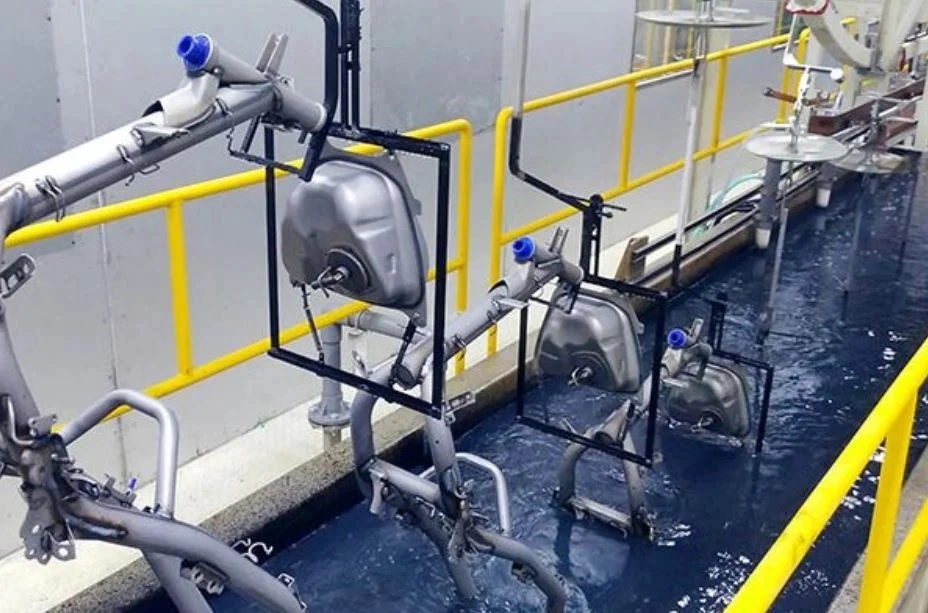
Types of Powder Coating Batch Ovens
Powder coating batch ovens come in various types to suit different operational requirements, each with unique features that enhance their applicability. The most common classifications include electric, gas, and infrared powder coating batch ovens. Electric powder coating batch ovens use resistance heating elements and are popular for their precise temperature control and clean operation, making them ideal for indoor use or environments with strict emission standards. Gas-fired powder coating batch ovens, on the other hand, utilize natural gas or propane and are often more cost-effective for high-temperature applications, though they require proper ventilation for combustion gases. Infrared powder coating batch ovens employ radiant heat to cure coatings quickly and efficiently, reducing cycle times and energy usage; however, they may be less uniform for complex shapes. Another distinction lies in the airflow design: convection powder coating batch ovens use fans to circulate hot air for even heating, while static ovens rely on natural convection, which might be sufficient for simpler items. Additionally, powder coating batch ovens can be categorized by their loading style, such as truck-in ovens where carts are rolled in, or bench-top models for smaller parts. Customizable options, like walk-in powder coating batch ovens for large items, provide further versatility. When selecting a powder coating batch oven, factors like production volume, space constraints, and energy sources should guide the choice. By understanding these types, businesses can invest in a powder coating batch oven that aligns with their specific needs, ensuring optimal performance and return on investment.
Applications of Powder Coating Batch Ovens
The versatility of a powder coating batch oven makes it suitable for a wide array of industries and applications. In the automotive sector, a powder coating batch oven is used to cure parts like wheels, frames, and engine components, providing a robust finish that withstands harsh conditions. The furniture industry relies on powder coating batch ovens for metal chairs, tables, and outdoor fixtures, enhancing aesthetics and durability against weather and wear. Agricultural equipment, such as tractors and tools, benefits from the corrosion-resistant properties achieved through a powder coating batch oven, ensuring longevity in demanding environments. Electronics manufacturers use powder coating batch ovens for enclosures and housings, protecting sensitive components from moisture and abrasion. Additionally, the aerospace and military sectors employ powder coating batch ovens for critical components that require high-performance coatings meeting strict standards. Even in artistic and architectural projects, a powder coating batch oven enables custom colors and textures on metal sculptures or building facades. The adaptability of a powder coating batch oven allows it to handle diverse materials, including steel, aluminum, and alloys, making it a go-to solution for job shops and large factories alike. By leveraging a powder coating batch oven, companies can achieve consistent, high-quality finishes across various products, boosting customer satisfaction and competitive edge. This broad applicability underscores why the powder coating batch oven remains a cornerstone in modern manufacturing and finishing processes.
Maintenance and Safety Tips for Powder Coating Batch Ovens
Proper maintenance of a powder coating batch oven is essential for ensuring longevity, efficiency, and safety in industrial settings. Regular inspections should include checking heating elements, thermocouples, and insulation for wear or damage, as faults can lead to uneven curing or energy loss. Cleaning the interior of the powder coating batch oven is crucial to prevent powder buildup, which could ignite or affect air quality; this involves vacuuming debris and wiping surfaces periodically. Lubricating moving parts, such as door hinges and fan bearings, helps maintain smooth operation and reduces the risk of breakdowns. For safety, always follow lockout-tagout procedures when servicing a powder coating batch oven to avoid accidental startups. Ensure adequate ventilation to handle fumes and install carbon monoxide detectors if using gas models. Training operators on emergency protocols, like fire suppression systems, is vital, as a powder coating batch oven operates at high temperatures. Additionally, calibrate temperature controls and sensors annually to maintain accuracy, and keep a log of maintenance activities for compliance and troubleshooting. By adhering to these practices, users can extend the life of their powder coating batch oven, minimize downtime, and create a safer work environment. This proactive approach not only protects the equipment but also enhances overall productivity and reliability in powder coating operations.
Common Questions About Powder Coating Batch Ovens
Q1: What is the typical temperature range for a powder coating batch oven?
A1: The temperature range for a powder coating batch oven generally falls between 300°F and 450°F (149°C to 232°C), depending on the powder formulation and the substrate being cured. Most common powders cure effectively around 350°F to 400°F (177°C to 204°C), but it's essential to follow the manufacturer's guidelines to avoid under- or over-curing, which can affect finish quality.
Q2: How long does a typical curing cycle take in a powder coating batch oven?
A2: A standard curing cycle in a powder coating batch oven lasts between 10 and 30 minutes, once the oven reaches the target temperature. However, this can vary based on factors like part thickness, oven size, and powder type. Thicker parts may require longer cycles to ensure even heat penetration and proper cross-linking.
Q3: Can a powder coating batch oven be used for materials other than metal?
A3: While powder coating batch ovens are primarily designed for metals, they can sometimes cure coatings on certain heat-resistant materials like glass or composites. However, it's crucial to verify the material's thermal limits and consult with powder suppliers, as excessive heat can damage non-metallic substrates.
Q4: What are the energy consumption considerations for a powder coating batch oven?
A4: Energy consumption for a powder coating batch oven depends on factors like insulation quality, heating type (electric vs. gas), and cycle frequency. Electric models might have higher operating costs but offer better control, whereas gas ovens can be more efficient for high-volume use. Implementing energy-saving features, such as programmable timers and efficient airflow, can reduce costs by up to 20-30%.
Q5: How do I choose the right size powder coating batch oven for my needs?
A5: Selecting the right size powder coating batch oven involves assessing your production volume, part dimensions, and available space. Measure the largest items you'll process and consider future growth—opting for a slightly larger oven can provide flexibility. Consulting with a supplier for a custom assessment is recommended to ensure the powder coating batch oven meets your specific requirements without overspending.
In summary, a powder coating batch oven is a versatile and efficient tool that enhances industrial finishing processes through controlled curing, flexibility, and environmental benefits. By understanding its operation, types, and applications, businesses can leverage a powder coating batch oven to achieve superior results. Regular maintenance and safety practices further ensure long-term reliability. If you're considering integrating a powder coating batch oven into your operations, evaluate your needs carefully to maximize its potential.


